Every hunting season, many land managers, owners and hunters debate whether or not they should harvest yearling spike bucks. It is an age old debate in deer camps across the country.
To Shoot Or Not To Shoot A Spike
So what is the answer? The answer is yes, and no.
The truth of the matter is that there are times when the harvest of spikes is beneficial to a deer herd, and times when it is damaging. Each tract of land has its own management needs and determining factors of when and why to harvest spike bucks.
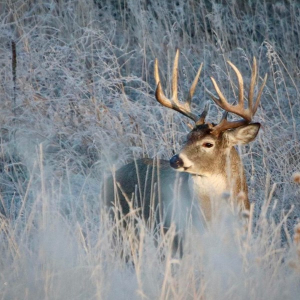
With proper nutrition, habitat and rain, today’s spike buck could be a future wall hanger. (photo by Jeff Coldwell)
I may be speaking for myself here, but when many hunters go to the stand, they are looking for a “wall hanger” type of buck, not a spike. However, more times than not, it’s a spike that shows itself first and the hunter gets disappointed.
Then comes the internal debate: “should I shoot the spike and take his genetics out of the herd?”
Unfortunately, that isn’t how it works. A bounty of spikes is considered to be a problem, but that isn’t always the case.
I will venture to say that most hunters practice “see spike, shoot spike,” as they believe they are genetically inferior animals. That is invalid.
-
Sale!
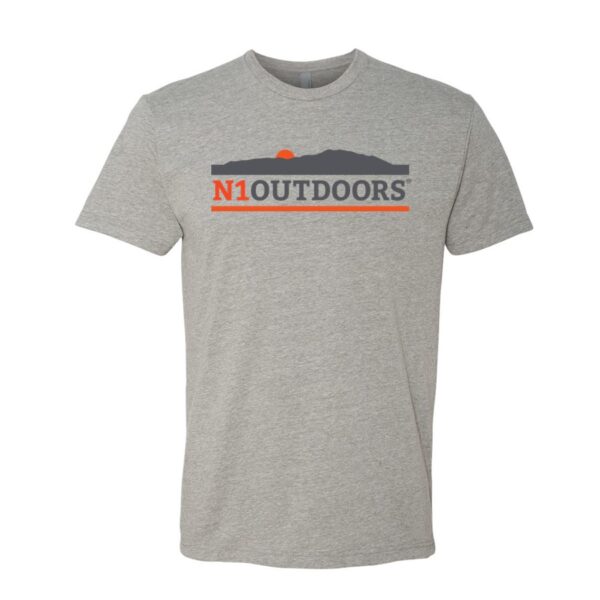
N1 Outdoors® “Sunset Mountain” Tee
$15.00 Select options This product has multiple variants. The options may be chosen on the product page -
Sale!
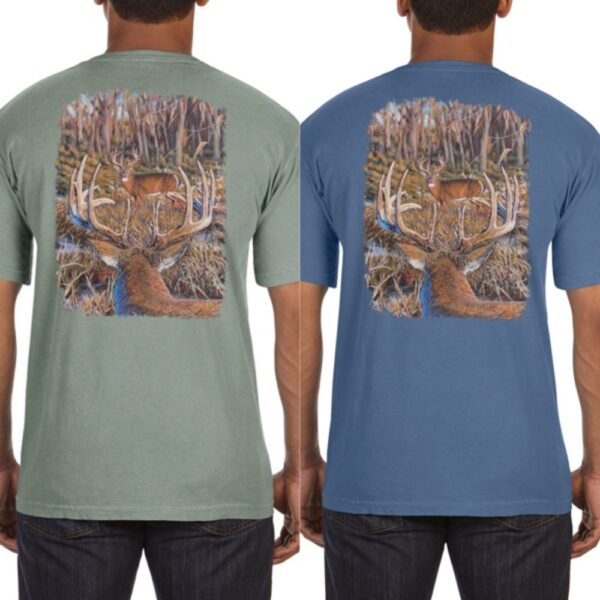
Ntruder Buck Tee by Daniel Cliburn
$9.00 Select options This product has multiple variants. The options may be chosen on the product page -
Sale!
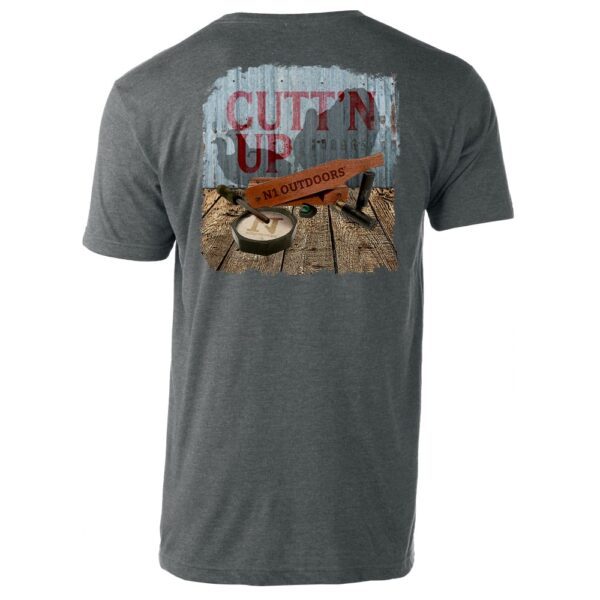
N1 Outdoors® Cutt’N Up Turkey shirt
$5.00 Select options This product has multiple variants. The options may be chosen on the product page
See Spike, Shoot Spike?
Steve Nelle, a Natural Resource Specialist and Wildlife Biologist, once analyzed 15 years of records from a central Texas ranch that was practicing “see spike, shoot spike.” They were harvesting every spike they saw. After analyzing these records, he determined that the buck size was not increasing because they were reducing the number of bucks moving into older age classes.
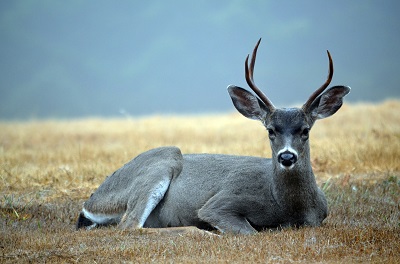
Rainfall, habitat, nutrition, among other factors affect buck antler growth.
There are a lot of factors that determine whether a buck will be a spike, 4, 6 or 8 pointer as a yearling, and older in life. These factors include rainfall, habitat, nutrition, carrying capacity, and competition.
Let’s dive into these factors to determine whether or not you should shoot the next spike you see next deer season.
Rain Is A Good Thing
To me, the most influential ingredient in spike development (or lack thereof) is rainfall. Rainfall ties every other factor together. If your land is experiencing a drought, it would be a poor decision to take a spike.
Depending on the severity of the drought, the deer herd population could decrease naturally and throw your age structure and sex ratio into shambles. You’re going to want the spikes to mature into older age classes to see what they become.
If you have an encouraging amount of rainfall, shooting spikes could be beneficial. The high rainfall creates a domino effect of good habitat and nutrition, which will lead to buck growth and less population attrition.
Poor habitat and/or nutrition is going to lead to poor antler growth and more spikes. It would be a poor decision to harvest a spike during this time.
Habitat And Nutrition Are Key
Habitat and nutrition fall into the same category for me. If your deer herd doesn’t have good habitat and nutrition, survival is going to be difficult, as will antler growth.
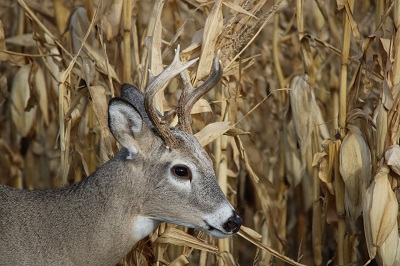
The state of the nutrition on your hunting land helps determine whether you should take spikes or not.
There is no way to tell what the potential of a spike is when the property he is living on will not let him get to his full size each year. When your property does have good habitat and nutrition, there is going to be less die off, and bucks are going to be able to reach their potential for that year. You will then be able to determine if you should take spikes or not. Improving the habitat and nutrition on the land is critical.
Carrying Capacity: Herd Numbers And Ratios
Carrying capacity is the next important factor in determining whether or not to shoot a yearling spike. Here are some questions for you to answer.
- Do you have too many young bucks in your herd or do you have a shortage?
- Can your property handle the amount of deer you have?
- Do you have a poor sex ratio?
If you have a surplus of young bucks, I encourage the harvest of spikes. The spikes will take up essential food for the other young bucks. Let the young bucks have that food; they may have a greater potential of becoming your dream buck.
FYI, a deer eats around 2 tons of food per year. If you have a shortage of bucks, do not shoot spikes — or at least not every spike! Again, it is crucial for these bucks to graduate into older age classes to see what they will become.
-
Sale!
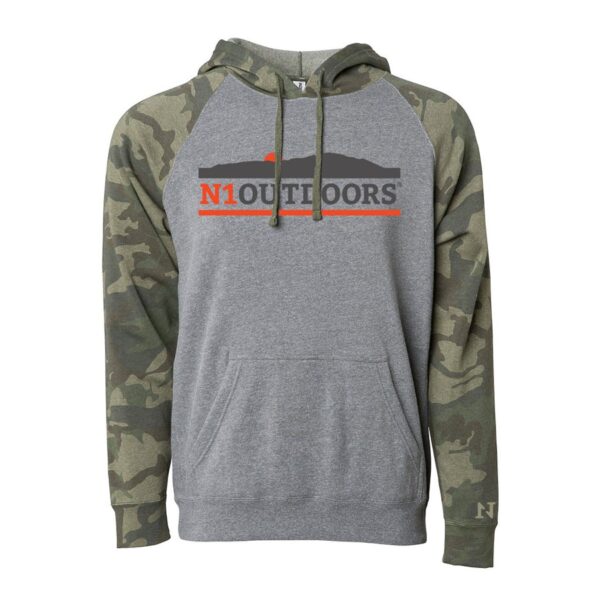
N1 Outdoors® “Sunset Mountain” Pullover Hoodie
$34.00 Select options This product has multiple variants. The options may be chosen on the product page -
Sale!

N1 Outdoors® Est. 2014 Forest Camo Heavyweight Sweatshirt Hoodie
$34.00 Select options This product has multiple variants. The options may be chosen on the product page -
Sale!
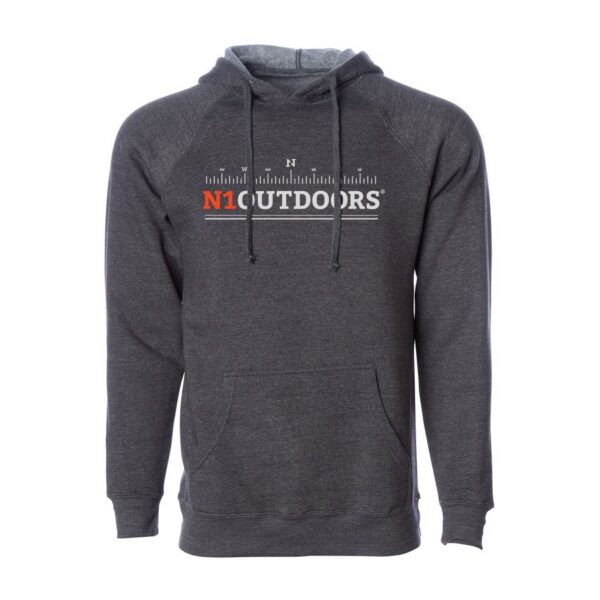
N1 Outdoors® Compass Pullover Hoodie
$34.00 Select options This product has multiple variants. The options may be chosen on the product page
Competition: A Buck’s Fight To Survive
The last factor to cover is competition. When I say competition, I mean the deer having to compete with livestock and other wild game for food, not to mention just finding a way to stay alive! In the end, the goal of all wild animals is to reproduce and live to see tomorrow.
Most ranches in Texas have cattle that will compete with whitetail for food.
Some even have sheep, goats, axis deer or exotic animals. All of those other animals take away important food and nutrients from deer. The less nutrients a yearling buck is getting, the greater chance he has to be a spike.
Predation is a factor as well. The more predators on the property – such as coyotes, bobcats, and mountain lions – the higher the predation rate on fawns will be. With a higher predation rate, there is a greater need for each spike buck to mature into the next age class.
Did I Mention Rain?
Do you see how rainfall is the catalyst to it all? Once again, I believe rain is the most important factor when it comes to spike management and deer management as a whole. Unfortunately, we cannot control mother nature but the more rain a property gets, the better.
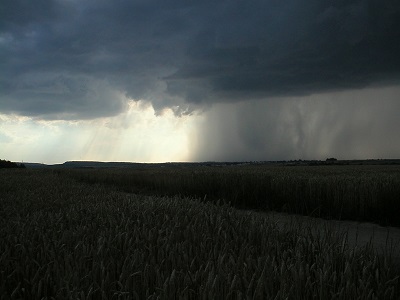
Rain is the catalyst for all deer management.
Higher rainfall totals throughout the year provide growth of vegetation, which equates to thicker habitat for living, survival and higher nutritional values.
Nutrition is a yearlong need for a whitetail deer, but the more nutritional value a yearling receives from February to September, the better.
With that said, what is almost always overlooked by hunters is the fact that a buck’s antler potential also comes from the mother’s gene pool. If the mother doe is stressed and has poor nutrition throughout her pregnancy, the buck offspring she produces will have smaller antlers than if she had great nutrition throughout the pregnancy.
Final Thoughts
Maybe you don’t have time to manage your hunting property. Maybe you’re just hunting for meat and antler size doesn’t matter to you. That’s great! That’s the beauty of hunting.
You can manage how you want to manage, and hunt how you want to hunt (as long as you follow laws). However, if you do manage your herd, the next time you see a spike and have the mental debate on whether to shoot it or not, think about the the variety of factors that effect that deer and your herd.
Happy hunting!
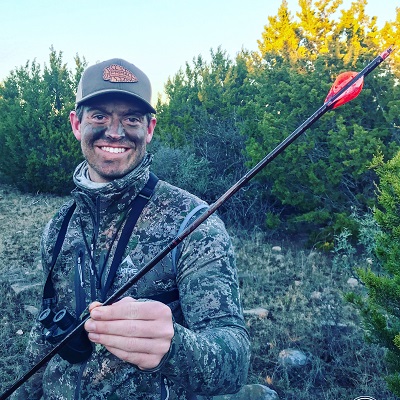

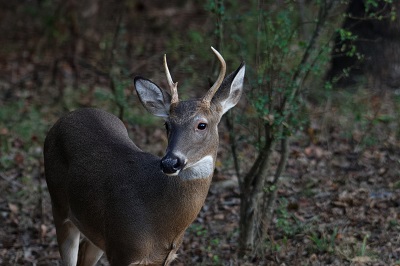


Where did your research derive from? Also, have you read the Kerr wildlife program? I am a firm believer that removing yearling spikes will increase the genetic pool at our new ranch. Buck to doe ratio 4:1. Spike to nonspike as yearling ratio 1:1. Thoughts? Based in central texas, protein and corn fed year round.
Hey Jake, to answer your questions.
1. Research derived from my studies of management programs.
2. Yes, I have read the Kerr study in the past.
3. I will say that removing yearling spikes doesn’t increase the genetic pool. It can help the herd based on different scenarios like I laid out in this article, but it does not change the gene pool. There is a difference between helping the herd and affecting the herds genes. If you have a low fence property, like I do, it is almost impossible to change the genetic property of your herd.
4. When you say 4:1, you mean there are 4 does for each buck, correct? You want that number as close to 1:1 as possible.
5. Where is the new ranch located? Low fence, or high fence?
6. I appreciate your input! Thanks for reading!
Mason, Texas.
Yes, 4 bucks to 1 doe. We bought the place last year and have been harvesting yearling spikes as a pose to yearling 6’s or 8’s. Zero doe harvests.
Low fence, however 10 properties all mangement minded surrounded by high fence properties.
Our place is an hour north of you. I agree with what you are doing then but the buck numbers are way too high. Definitely keep bringing them down. Normally a population is skewed with too many does, not bucks.
Cattle, in my opinion, do not compete with deer for food. Cattle are grass eaters and in my experience a deer’s diet is principally composed of browse. Goats do share a diet with deer and directly compete. By the way, the Houston Livestock Show has a marvelous 3-4 days that target commercial ranching enterprises synergies with wildlife.